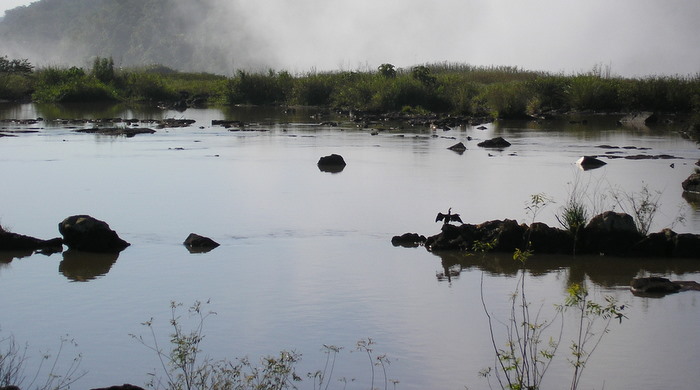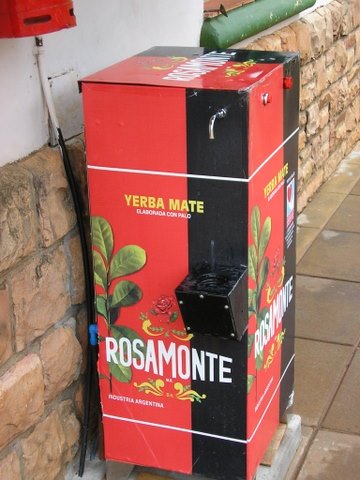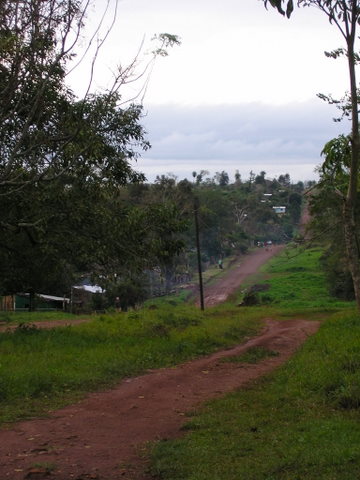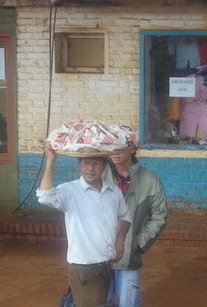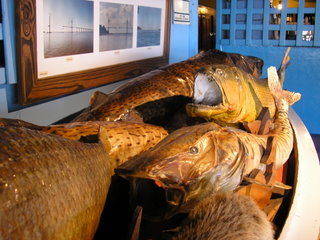|
The Argentine MesopotamiaWhere water rules“A great portion of this vast Argentine Mesopotamia ….is said to be covered with floating islands…” Sir Horace Rumbold (1829 - 1913) The Great Silver River: Notes of a Residence in Buenos Ayres in 1880 and 1881
La Mesopotamia, or Littoral Argentino is a land nearly floating on water. Comprising the provinces of Misiones, Entre Ríos and Corrientes in the far northeast of Argentina, the land is surrounded by great rivers: to the west, the wide, 1600 mile-long Rio Parana and in the east, the 900 mile-long Rio Uruguay. On the south, the Parana and the Uruguay form the vast Río de la Plata estuary. To the north the Rio Iquazu tumbles through a series of gorges creating the incomparable spectacle of
Iguazu Falls.
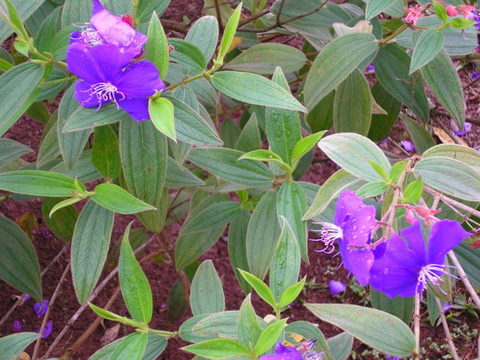
Misiones, in the northern part of Mesopotamia, is largely covered by subtropical forest, with caiman, toucans and monkeys all easily spotted within Parque Nacional Iguazu. This province was the heart of the great Jesuit social experiment whose physical remains are scattered throughout the forests. The best preserved of the ruins, and one of the largest missions, is
San Ignacio Mini
in the village of
San Ignacio.
The whole region has high rainfall, particularly in August and September, (winter) up to 80 inches annually. In summer (December - March) temperatures can reach in the upper 90’s (F) and humidity nearly 100%. Even in winter - the best time to visit is June and July - temperatures reach the upper 70’s. Fast decomposition of organic matter and an abundance of red sandstone gives the area a red soil which can stain shoes, with only a thin fertile layer that can easily be washed away. Yerba mate plantations thrive in Misiones and one of the world’s largest deposits of gem quality smokey quartz is mined.
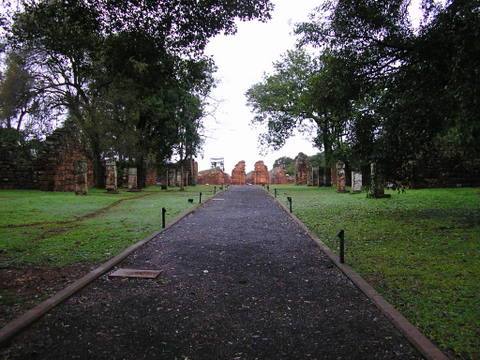
(San Ignacio Mini)
“Soon too we could discern air plants swinging from their boughs, and coils of brilliant flowers wound around their stems. Downwards the shrubs and plants came creeping into the dark, cool water, mingling with the rushes and slender, willowy bamboos, pushing their tangled roots far out into the stream, and forming charming, mysterious little pools that looked so deliciously inviting that one longed to stop and wade into them and sit down in their eddies in the shade of the broad-leaved plants that wove a green roof above them, the swift tide bathing one's feet and the smooth, glossy foliage fanning one's brow.” Sir Horace Rumbold (1829 - 1913) The Great Silver River: Notes of a Residence in Buenos Ayres in 1880 and 1881
Entre Ríos is covered with fertile pasture land. In the village of Colonia, on the Rio Uruguay, one can bath in natural hot springs. The wide beaches of both the Parana and Uruguay are a popular summer playground. El Palmar National Park protects the last virgin stands of the huge yatay palm that once thrived in Entre Rios until the land was cleared for ranches and plantations. The great rivers provide a culinary rarity in this meat-loving land - giant, and exceedingly tasty, river fish! Four terrific river fish are frequently on all menus -Surubi (related to catfish), Pacu, Boga and Dorado. They are all large - up to four feet long - generally a white fish, meaty in texture and full flavored so that they hold their own when wood grilled, smoked, seasoned and/or smothered in the sauces Argentine’s love.
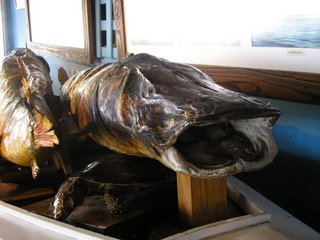
You can view maps of Entre Rios, Corrientes and Misiones provinces at:
maps of Argentine provinces
|
